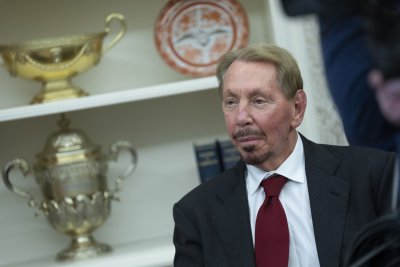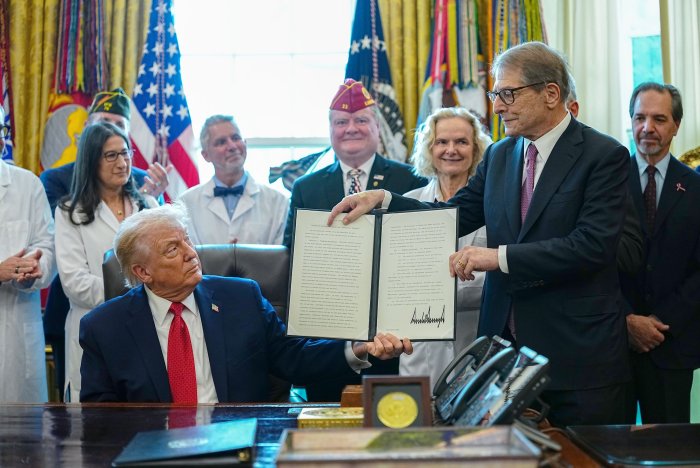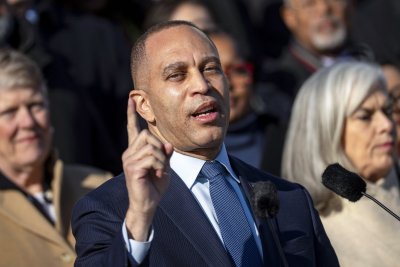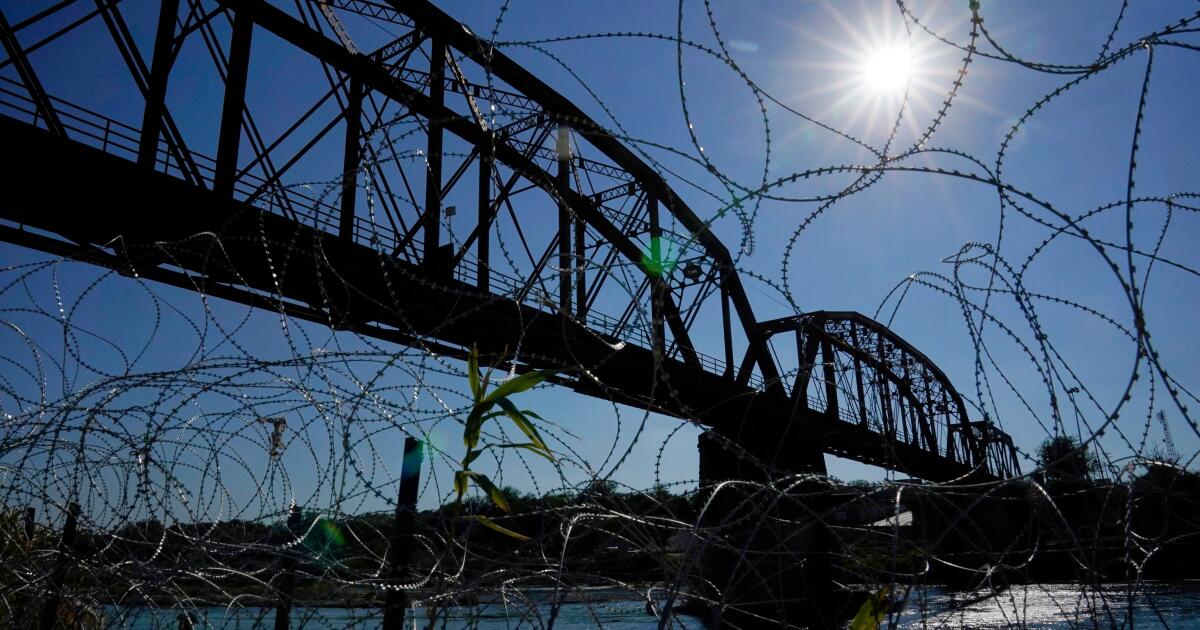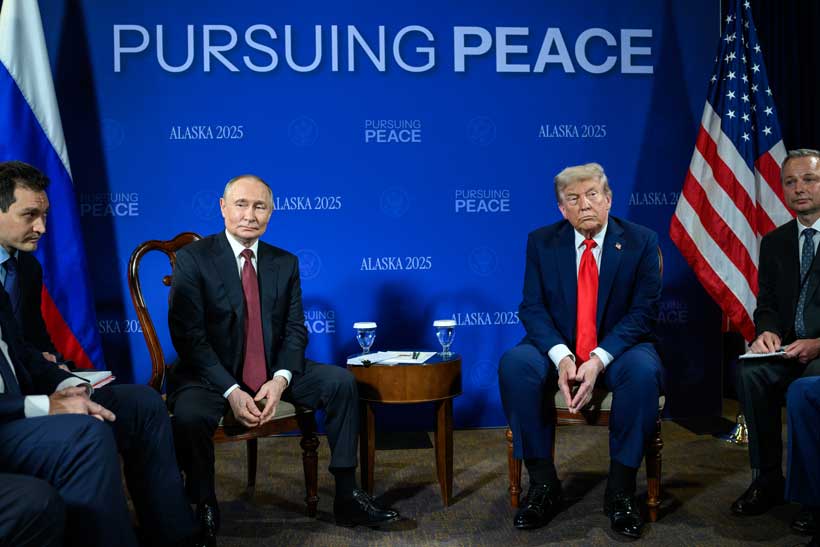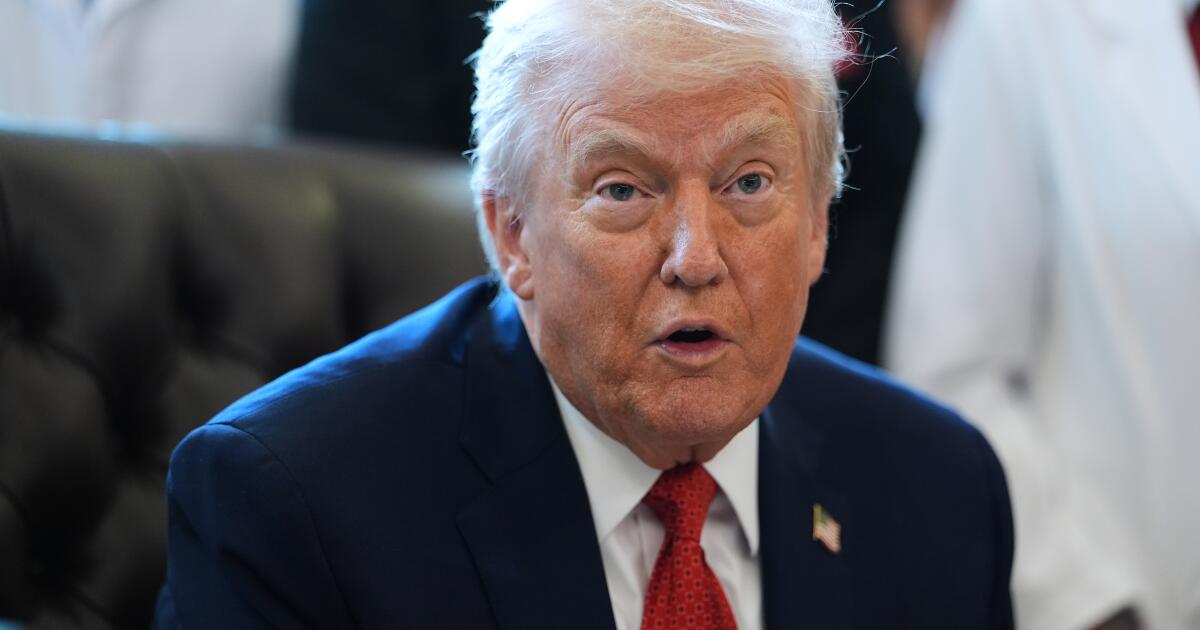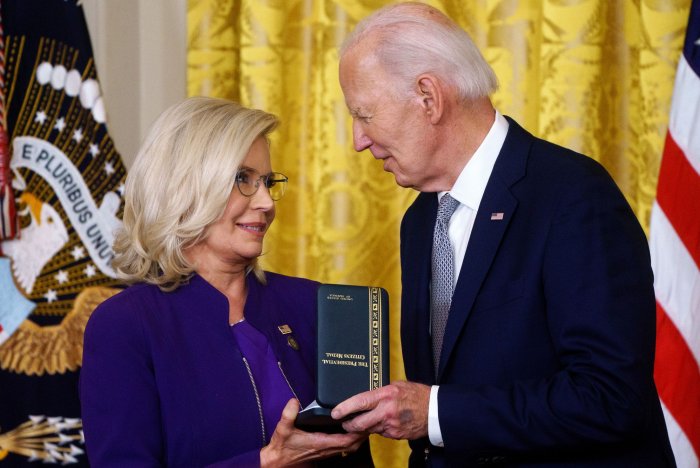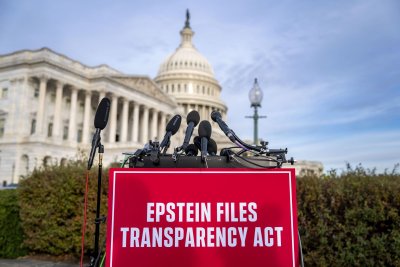When he was plucked by fate and his friend Pete Wilson from the political minor leagues to be a U.S. senator in January, 1991, John Seymour vowed to go back to Washington, shake up the congressional Establishment, make his mark for California and win election on his own.
After 22 months, the 54-year-old former Anaheim mayor is still struggling to forge a senatorial image of himself and his vision for California in the minds of voters.
His 59-year-old Democratic opponent, Dianne Feinstein, has coasted into the final week of the campaign with a commanding 54%-to-40% lead among likely voters surveyed by the Los Angeles Times Poll. Political experts credit her with building on her strong image from the 1990 contest for governor and conducting an error-free campaign that more often resembled that of a secure incumbent than the challenger.
The race for the U.S. Senate seat vacated by Wilson had shaped up as a classic California contest featuring a scrappy appointed incumbent and a strong challenger known to many voters as the tough officeholder “forged from tragedy” when she was thrust into the leadership of San Francisco by the shooting death of Mayor George Moscone in 1978.
Some experts thought it would be a close rerun of Feinstein’s 1990 battle with Wilson, which she lost by only 3.5%.
But so far the race hasn’t gotten that close.
Feinstein has demonstrated the immense benefits of having run an earlier campaign for major statewide office: Building an image among voters in a state of 30 million residents and the financial base needed to field such a campaign.
In analyzing the contest Tuesday, political experts credited Feinstein with running a consummate professional effort, if not a spectacular one. But even more emphatically, they characterized the Republican campaign as a missed opportunity that failed to follow a basic rule of politics: A candidate must define himself or herself to the voters before waging a negative campaign on the opponent.
Going into the last week of the campaign, one-fourth of California’s voters still did not know who John Seymour was, according to statewide opinion polls. Even more didn’t know much about him or why they should vote for him.
What’s more, Feinstein has demonstrated a Teflon resistance to attack. When Seymour attacked her, he often appeared strident or petty as Feinstein reacted indignantly and emerged all the stronger.
For 22 months, Seymour has been dogged and tireless, commuting regularly to Washington and campaigning throughout California with the tough can-do talk of a former Marine and a successful Orange County Realtor–the sort of man who’s not worried about the threat of Mexican competition under a free trade agreement because “we’ll kick their butts.”
He hounded Feinstein to hold more debates and pounded her with tough, largely negative television commercials.
His ads attacked her on all the perceived weaknesses of the tough 1990 campaign for governor: Her 1990 campaign’s legal problems, the potential conflict of interest of her banker-husband’s investments and her former position against the death penalty, which changed nearly 20 years ago.
Seymour added the hidden bomb of his opposition research: the fact that the five-member state women’s parole board on which Feinstein served from 1960 to 1966 paroled 21 convicted murderers out of more than 5,000 cases considered. By last week, Seymour even tried to link those 30-year-old decisions to the prospect that a convicted murderer like Robert Alton Harris, who was executed at San Quentin in April, might be set loose.
Essentially, Seymour duplicated the 1990 Wilson campaign playbook, Feinstein media adviser Bill Carrick said.
“But it’s 1992 not 1990,” Carrick said. “And in 1990, we never saw that crime as an issue made much difference. It’s less important in a Senate race.”
While Seymour tried to portray himself as an outsider, Feinstein attacked him as just another incumbent and, going to the heart of his failure to define himself to voters, asked: “How much do you know about Sen. John Seymour?”
Seymour, the ad said, was “a Washington big spender” who also had voted to raise his own pay four times. In fact, he had voted to raise his pay as a state senator, but not in the U.S. Senate, where he denounced the congressional pay raise and refused to accept it.
While Feinstein seemed relatively impervious to his ads, hers seemed to be finding the mark. The Times Poll found that in the last month, the number of respondents who had an unfavorable impression of Seymour had soared to 39%, an increase of 18 points.
“One has to infer they haven’t run a very good campaign,” Times Poll Director John Brennan said.
Veteran California pollster and analyst Mervin Field said: “He was unknown. He got appointed. He is unelected. He hasn’t distinguished himself in the Senate.”
UC Berkeley political science professor Bruce Cain said Seymour has been “invisible” as a senator and suffers “grayness” as a candidate.
Seymour insists he’s closing the gap. And on Tuesday, campaign manager Richard McBride said: “We’re fine, right where we are. Our tracking shows a lot of volatility among voters out there.”
But other polls point to a Feinstein victory Tuesday that would gain her some measure of revenge for her narrow loss of the governorship to Republican Wilson two years ago.
It was that loss that provided Feinstein her Senate opportunity. Before Wilson could take office as governor in January, 1991, he had to resign the Senate seat to which he was reelected for a six-year term in 1988. As governor, Wilson appointed a successor until the next general election. The winner Tuesday will serve the final two years of Wilson’s term and the seat will come up again in 1994 for a regular six-year stint.
Wilson angered GOP conservatives and puzzled nearly everyone else when he turned to Seymour, who had served eight years as a state senator but was not well known statewide. He had lost the Republican nomination for lieutenant governor in 1990 to a fellow Orange County senator.
Seymour bounded off to Washington, saying that to win the 1992 election, “John Seymour has got to perform and he’s got to make his mark very quickly.”
Seymour’s best opportunity to make a name for himself was to resolve two major California issues that had long simmered in Congress: the California desert wilderness bill and legislation to reform the federal Central Valley water project.
But Seymour presided over the death of the desert bill in 1991 because, Democratic critics contend, of his loyalty to ranching and mining interests.
In 1992, Seymour seized on Central Valley Project reform as his key issue. He bragged about muscling a water bill favorable to California agribusiness through the Senate over the objections of Senate giants like Bill Bradley (D-N.J.) and Bennett Johnston (D-La.). But Seymour’s measure was ignored in the House and Seymour was shut out of Senate-House conference sessions where the final version of the bill was drafted by others.
Seymour denounced the deal as being unfair to California farmers while he repeatedly misstated the dire effect it would have on California water supplies. With Wilson’s backing, Seymour implored President Bush to veto the measure. A final ignominy for Seymour would be Bush’s signature on the bill just a few days before the election.
Feinstein used her primary to reinforce the positive image and message of change she carried over from the 1990 race. She went after Seymour in the fall as an insider incumbent and capitalized on the “year of the woman,” but also was careful to avoid damaging mistakes.
Cain summed it up: “Dianne Feinstein has a formula which is well suited to California, which is a moderate to conservative Democrat who is pro-choice and pro-environment but also pro-business, for fiscal responsibility and the death penalty.”
“That formula has served her well,” Cain added. “She consolidated that image in 1990 and carried it into this campaign.”

